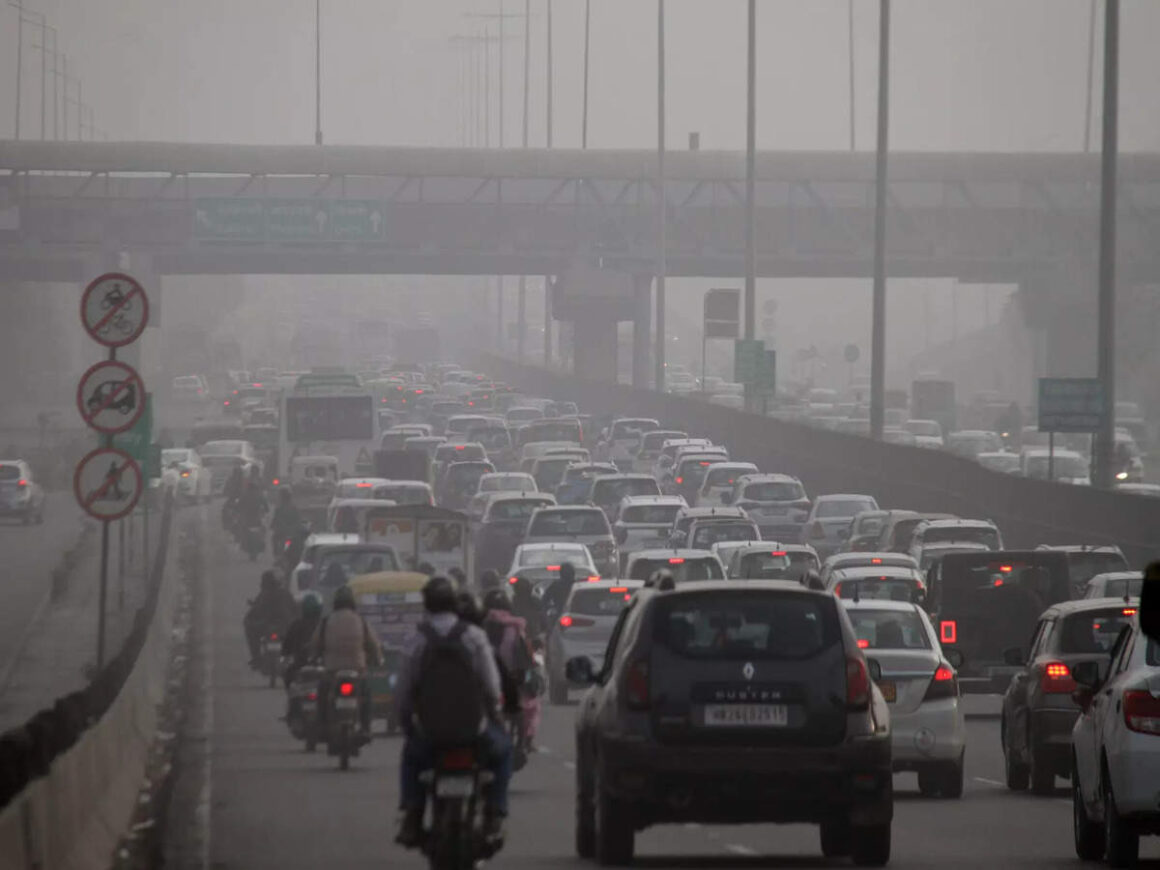New Delhi, 11 November 2024: Delhi chokes as pollution levels cross hazardous mark. The Supreme Court of India has issued an important ruling regarding the use of firecrackers, stressing that no religion promotes practices that harm the environment. This comes in light of rising concerns about air quality and pollution, particularly during festive seasons when firecracker use is at its highest. The court’s statement not only tackles the pressing issue of pollution but also calls on communities to take their part in safeguarding our environment.
Recently, many cities in India have faced serious air pollution problems, especially during festivals like Diwali. The Supreme Court’s ruling responds to public health worries, as burning firecrackers is linked to poor air quality that affects countless residents. By stating that no religion advocates pollution, the court emphasizes the need for a balanced approach to celebrating cultural traditions while being mindful of our environmental duties.
The Impact of Firecrackers on Air Quality
Firecrackers emit harmful pollutants that lead to smog and respiratory problems among the population. Research indicates that the particulate matter released during these celebrations can cause significant health issues, particularly for vulnerable individuals like children, the elderly, and those with existing health problems. The Supreme Court’s ruling aims to spread awareness of these health dangers, encouraging communities to rethink their festive practices.
The ruling has elicited mixed reactions from the public. While many support the ban and the need to improve air quality, some feel concerned about the impact on cultural traditions. The Supreme Court’s message seeks to find common ground, reminding everyone that festive celebrations can still happen without harming the environment. This approach inspires people to discover alternative ways to celebrate that are fun and eco-friendly.
In light of the Supreme Court’s ruling, there’s an increasing movement toward finding environmentally friendly alternatives to traditional firecrackers. Many are considering options like laser shows, eco-safe fireworks, and community events that showcase cultural performances instead of loud explosions. These alternatives not only maintain the festive spirit but also align with the court’s call for environmental responsibility.
Education is key to building a culture of environmental awareness. The Supreme Court’s ruling sparks discussions about the importance of sustainability in our customs. Schools, community groups, and local authorities are urged to promote educational initiatives that inform people about the environmental consequences of their actions. By raising awareness, communities can unite to adopt more sustainable practices during festivals and throughout the year.
The Supreme Court’s ruling carries broader legal and policy consequences. It sets a standard for future decisions on environmental protection and cultural practices. Policymakers now face the challenge of creating rules that honor cultural heritage while addressing the urgent need for environmental sustainability. This decision might lead to stricter regulations on firecracker sales and usage, aimed at safeguarding public health and the environment.

